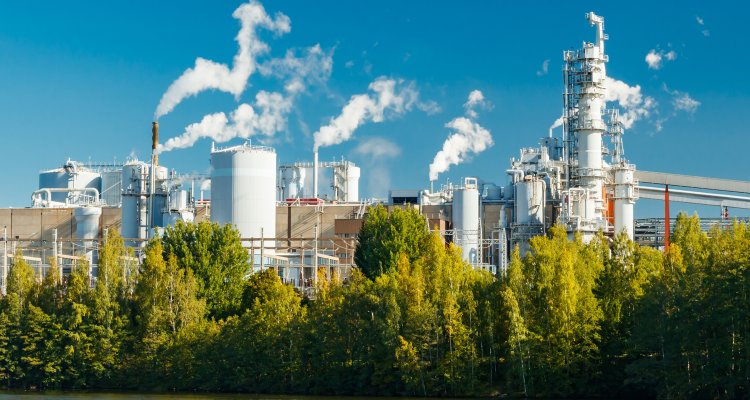
Project
Production and recovery of a more reactive lignin from organic residues
Many organic residual streams consist of lignocellulose, a complex of cellulose, hemicellulose and lignin. In current biorefinery processes the lignin is used in low value applications (as an energy source), which is unfavourable for the economic feasibility of these types of refineries. At the same time, there is a need to produce biobased chemicals and materials consisting of aromatics. Lignin also consists of aromatics and can potentially be used as a raw material in the production of chemicals and advanced materials.
In the intended project, organic residual flows from agriculture, forestry and the paper industry will form the basis for the extraction and conversion of lignin, in such a way that a more reactive lignin is produced. Previous research has shown that lignin can be used to produce partially biobased polymers such as phenolic resins. Some of these products can be used as building material (panels and insulating foam). However, more reactive lignin derivatives can potentially be used to achieve a higher substitution level of fossil derived chemicals, as a functional additive in polymers or coatings or as a component of, for example, fertilisers, building products or textiles.